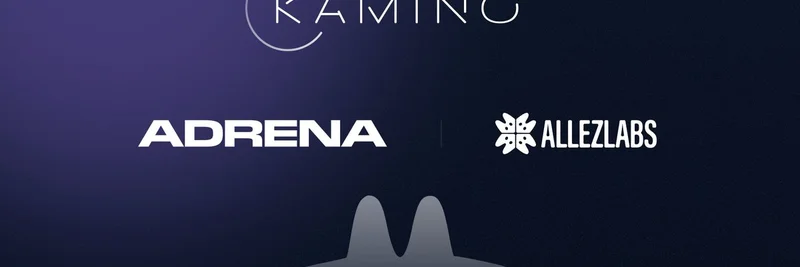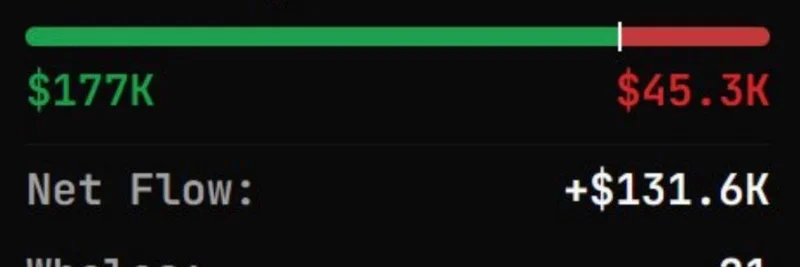Pi Network has been making waves in the crypto world since its launch, and its co-founder Chengdiao Fan just dropped some serious knowledge at TOKEN2049 in Singapore. If you're into meme tokens or broader blockchain projects, this is worth paying attention to—especially with Pi's massive community vibe that feels a lot like the grassroots energy behind top memes.
What Went Down at TOKEN2049
TOKEN2049 is one of the biggest crypto events out there, pulling in over 20,000 attendees from heavyweights like Ethereum and Binance. This year, on October 1, 2025, Fan took the stage for Pi Network's debut at the conference. Her talk, titled "Crypto's Future: From Liquidity to Utility - Web3 Pathways to Innovation," lasted about 15 minutes but packed a punch. You can catch the full recording on YouTube or check out the buzz on X—it's already sparking conversations in the community.
For those new to Pi Network, it's a layer-one blockchain started in 2019 by Stanford grads Nicolas Kokkalis and Chengdiao Fan. The cool part? It lets users "mine" Pi coins right from their phones without draining battery like traditional proof-of-work systems. After years in a closed phase, it went live on mainnet in February 2025. With over 60 million engaged users (not just downloads—real active folks), and 15 million KYC-verified on mainnet, Pi is all about building real utility rather than just hype.
Tackling AI's Big Challenges with Blockchain
Fan kicked things off by connecting the dots between AI's rapid rise and how it shakes up our economy. Think about it: since the Industrial Revolution, work has been how we divvy up wealth. But with AI making human labor less essential, Fan asked, "If labor becomes irrelevant, what will be the metric that society uses to distribute our societal wealth?" It's a deep question, and she sees blockchain as the answer—a fair, scalable way to redistribute value.
Blockchain isn't just for storing data or running decentralized apps, according to Fan. It's a "societal distribution and redistribution system" that's open to everyone and easy to audit. This ties into trends like tokenizing real-world assets (think turning physical stuff into digital tokens) and using AI to value people's contributions, like data they share.
She also called out decentralized finance (DeFi) for often focusing on "value extraction" instead of creating new value. You know, those closed loops where money just shifts around without growing the pie. Fan wants to flip the script toward utility—real-world use cases that make crypto practical.
Two Paths to Crypto Utility
To make this happen, Fan outlined two main strategies:
Bringing Existing Stuff On-Chain: This means moving real-world production into blockchain. Pi's got a leg up here with its built-in KYC (Know Your Customer) process, which verifies identities for 15 million users worldwide. Why does this matter? For things like tokenizing assets or using stablecoins (crypto pegged to real money like USD), you need to know who owns what to avoid fraud. Pi's mainnet only lets verified users in, making it safer for Web3 finance.
Creating New Production On-Chain: Here's where it gets exciting for meme token fans—building fresh value directly on the blockchain. Pi's huge user base acts like a massive test lab for new ideas. Fan stressed, "If you are a real product person, you understand the need for users. You need to have real users to test and give you feedback."
Pi is leaning hard into AI for this, inviting developers to build AI-powered apps on its platform. There's a "short historical window" right now where AI tech is advancing fast, but apps are still catching up. Pi wants to jump on that, letting users create value without traditional jobs.
One standout tool is Pi's App Studio. It's super user-friendly—no coding skills needed. Non-techies can build, deploy, and run apps, then connect them to Pi's social network. Imagine using AI to start an online business and earn without a boss or wages. It's like empowering the community to turn ideas into income, much like how meme tokens rally holders around shared vibes and gains.
Fixing Incentive Problems in DeFi
Fan didn't sugarcoat the issues in crypto. Easy access to DeFi has led to "incentive distortions," where builders chase quick bucks from memecoins instead of grinding on real products. "Value creation is always harder than value extraction," she said. It takes time, effort, and grit to innovate.
To counter this, Pi rolled out DeFi tools on its testnet, like a decentralized exchange (DEX) called PiEx, automated market makers (AMM), and liquidity pools. These are open to millions for testing, helping everyday users level up their financial smarts. The goal? Shift focus from gambling on trends to building sustainable stuff.
Fan also teased how AI agents could make blockchain easier to use, decentralizing power even more. With Pi's setup, this could lead to mass adoption—think billions getting into crypto without the tech headaches.
Why This Matters for Meme Token Enthusiasts
While Pi isn't a pure meme token, its community-driven approach mirrors the best memes out there. With 60 million users hyped on mobile mining and utility, it's creating a ecosystem where AI and blockchain blend for real-world wins. If you're tracking meme tokens, watch how Pi's moves influence community projects—could spark the next wave of utility memes.
Fan's talk is a reminder that crypto's future isn't just about liquidity (easy trading) but utility (actual usefulness). As AI reshapes jobs and wealth, projects like Pi are positioning themselves as solutions. For more on how this ties into the meme token scene, keep an eye on Meme Insider for updates.
If you're a Pi pioneer or just curious, dive into the full keynote and see how these ideas could shape the next bull run. What do you think—will AI-blockchain combos be the next big thing in memes?



